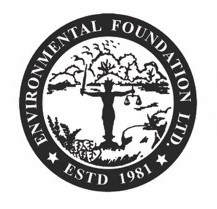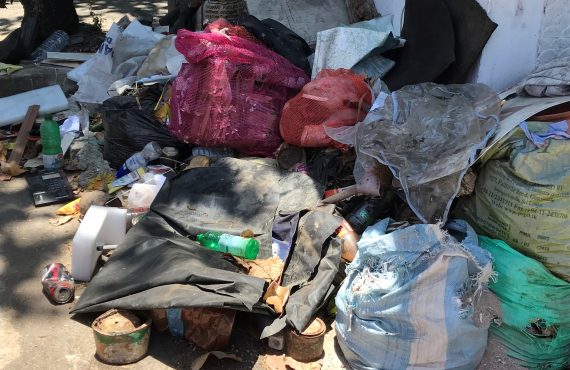The Metro Colombo Solid Waste Management Project plans to solve the capital city’s escalating waste mismanagement problem, which culminated in the disaster at Meethotamulla. The project involves the collection and compression of solid waste from the municipal and urban councils of Colombo at a transfer station in Kelaniya. The waste will then be transported by train to Aruwakkalu, Puttalam where it will be deposited at a sanitary land fill, which will be in keeping with international standards.
While this project represents a comprehensive effort to tackle waste management, backed by political will, it presents potential environmental harms which must be addressed through suitable mitigation measures, if the project is to succeed.
Commenting on the project’s Environmental Impact Assessment Report, EFL noted that as the Kelaniya Transfer Station is currently situated on a wetland, which would be degraded and polluted by waste accidents and has implications for flood control.
Visits to the proposed landfill site in Aruakkalu confirmed the presence of a herd of elephants in the area. EFL also learned that elephants traverse the project area to reach to lagoon in the dry season. While electrical fencing would be essential to the project area, further studies into elephant movements are needed to ensure that Human-Elephant Conflict would not be exacerbated in the area.
The project also makes no allowance for segregation at any stage of the process of disposal, which is a huge flaw, considering that households and municipal councils are transitioning into more effective systems of waste segregation. This plan would effectively facilitate a regression of this positive practice.









Electrocution of Elephant is not an offense? If they are going to erect Electric Fence around the Landfill how can they stop Human – Elephant conflict. It’s know definitely elephants will be attracted then it will further induce problem or reduce the conflict? Because within 1km radius of land fill 2000 families are living. And also Aruwakkalu is archaeologically important site there are several fossil sediment exactly where the site is proposed. And also acting mining site is close by to the proposed site how sure are they it won’t effect the bottom liners of the lanfill?
Thanks for your comment. Erecting elephant fences is an effective mitigation method to counter the Human-elephant conflict (HEC) around the world, it produces a non-lethal electric shock just sufficient to deter an animal away from crossing over.
Elephant fences are more effective and efficient economically when they are erected around a village instead of a protected area. The current site must be fenced together with the nearby villages as a resident herd is present in this area. The herd crosses through or around the proposed site to enter the lagoon in the evening and the odor produced at the landfill site will attract elephants and other animals, which is why a fence around the landfill site and the village (to prevent deterred elephants from straying into villages) is important. EFL also requested a study be conducted about the movement patterns of the elephants in the area so that Human-Elephant Conflict will be minimized.
The other quarries are further away from the proposed landfill site. The zooarcheological/paleontological value is high in this area, the land owners should invite scientists to carry out surveys in some of the abandoned sites.